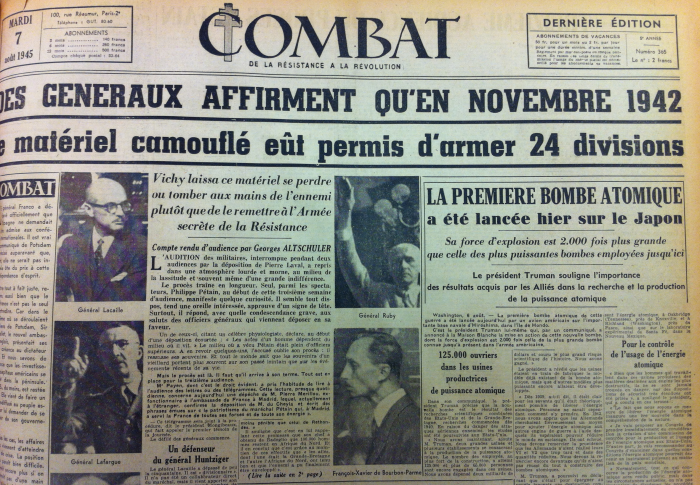Look into the childhood of any highly innovative American artist of the past couple generations, and you’ll probably find at least a trace of Sesame Street. The long-running children’s public television series, though widely regarded as a sound source of entertainment and education for the country’s youngsters, has also done more than its part to expose its quite literally growing audience to the vast possibilities of creation. This has proven especially so in the realm of music, where the show’s performing guests have included Herbie Hancock, Nina Simone, and Grace Slick — to name just three of the ones we’ve previously featured here.
But Sesame Street, known in its heyday for a steadfast refusal to talk down to its viewers, no matter how small, has also demonstrated a reach far outside rock, pop, and soul. In 1979 it aired “Geometry of Circles,” a series of four animations with music by minimalist, “repetitive structure”-oriented composer Philip Glass, who turns 80 years old today. Producer Cathryn Aison, according to the Muppet Wiki, commissioned Glass to score her visual work, whose storyboards had already gotten the go-ahead from Children’s Television Workshop.
The music she received from Glass to accompany this show of shape, line, and color “underscores the animation in a style that closely resembles the ‘Dance’ numbers and the North Star vignettes written during the same time period as his Einstein on the Beach opera.”
“Glass has written scores to The Truman Show and Notes on a Scandal and his style is much imitated,” writes Telegraph “opera novice” Sameer Rahim by way of background on the composer’s wide range of other work in a review of his five-hour formalist collaboration with experimental theater director Robert Wilson. “Anyone, like me, born in 1981 has absorbed his musical grammar without realising.” Though a few years too young to have caught “Geometry of Circles” in its first run (and having grown up in the wrong country in any case), the willingness of creators like Glass to work in all kinds of settings, and the willingness of venues like Sesame Street to have them, planted the seeds for countless careers, both today’s and tomorrow’s, in art, in mathematics, and no doubt even in experimental opera.
Below you can listen to an 47-track collection of Glass’ work. The Spotify playlist is simply called, “This is: Philip Glass.” If you need Spotify’s free software, download it here.
Related Content:
A Minimal Glimpse of Philip Glass
Watch Philip Glass Remix His Own Music—Then Try it Yourself With a New App
Watch Herbie Hancock Rock Out on an Early Synthesizer on Sesame Street (1983)
Based in Seoul, Colin Marshall writes and broadcasts on cities and culture. He’s at work on a book about Los Angeles, A Los Angeles Primer, the video series The City in Cinema, the crowdfunded journalism project Where Is the City of the Future?, and the Los Angeles Review of Books’ Korea Blog. Follow him on Twitter at @colinmarshall or on Facebook.




